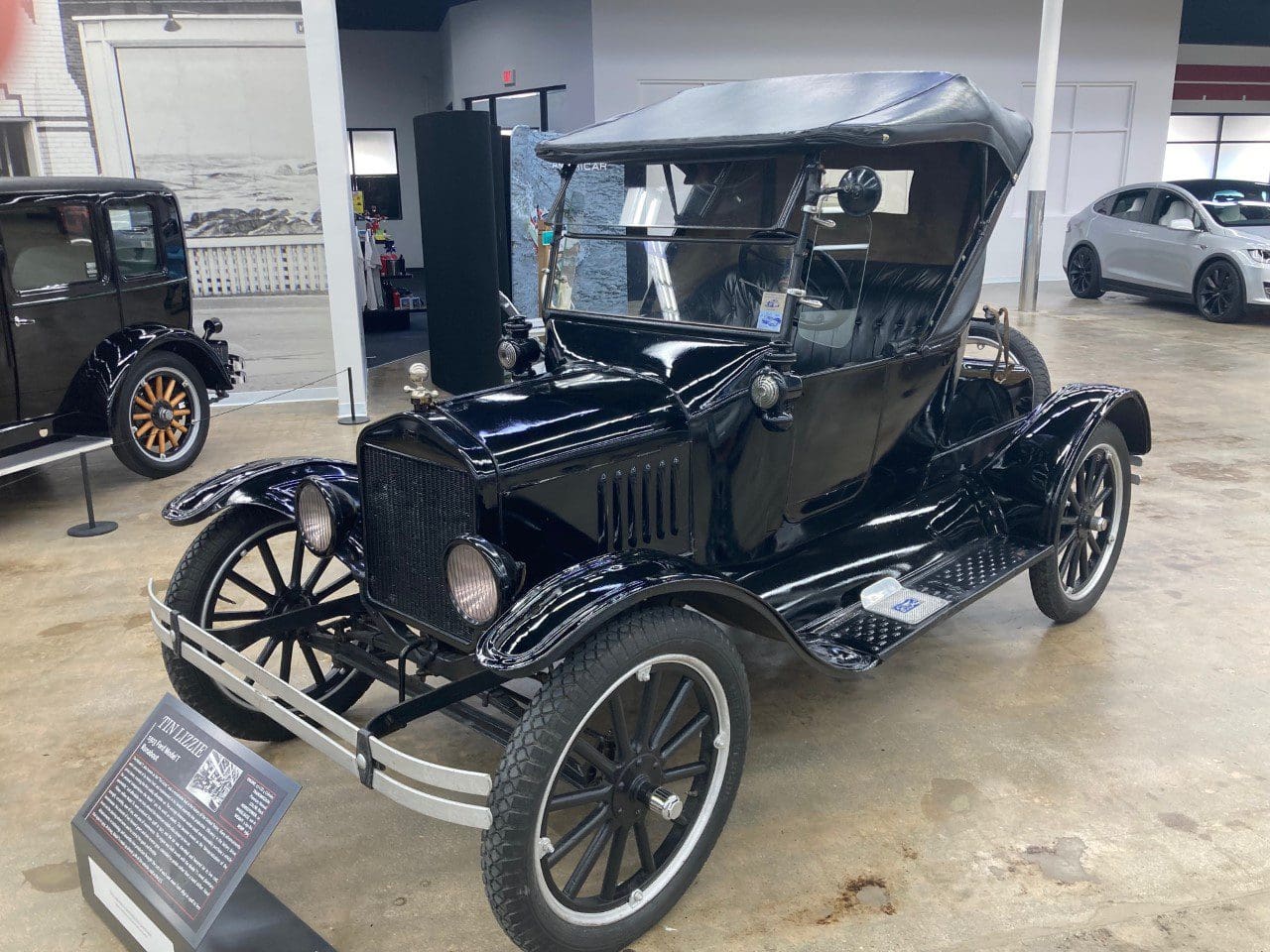
Article Title: “Model T”
Author: History.com editors
Website Name: History
URL: https://www.history.com/topics/inventions/model-t
Access Date: December 28, 2018
Publisher: A&E Television Networks
Last Updated: August 21, 2018
Original Published Date: April 26, 2010
Signup for our newsletter to stay up-to-date and connected.